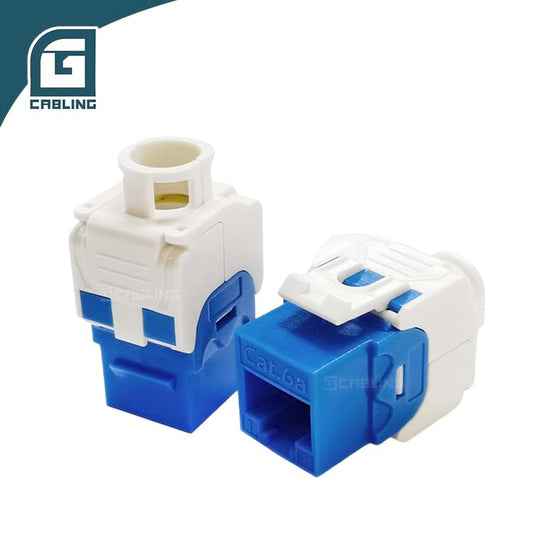How to Set Up a Small Business Network Step-by-Step
A Beginner’s Guide to Building a Reliable and Organized Small Business Network Using Professional-Grade Components
Running a small business today means you need a reliable, secure, and well-organized network. Whether you’re setting up a new office or upgrading your current infrastructure, a well-planned network saves time, prevents downtime, and makes troubleshooting much easier.
Step 1: Plan Your Network Layout

Create a simple diagram of the number of devices, server location, and internet entry point. A 42U Server Rack can store servers, switches, and patch panels neatly while allowing for future expansion.
Step 2: Choose the Right Cabling
Use Cat6/Cat6A Ethernet cables for high-speed data and fiber optic cables for long-distance backbone connections. Our high-performance Cat6 patch cables with RJ45 boots ensure durability and easy cable management.
Step 3: Install Your Rack and Mount Devices
Secure the rack, install shelves, and mount network switches, patch panels, and rack-mount PDUs for organized power distribution.
Step 4: Use Patch Panels for Organization
Terminate cables on a network patch panel (ODF for fiber, standard for Ethernet) instead of plugging directly into switches for better organization and easier troubleshooting.
Step 5: Manage and Protect Your Cables
Use horizontal or vertical cable managers to route cables neatly and reduce strain. Label both ends of every cable for faster maintenance.
Step 6: Test Your Connections

Use a network cable tester to ensure correct wiring and stable connections before going live.
Step 7: Secure Your Small Business Network
Change default passwords, enable firewalls, and update firmware to keep your network secure.
Final Thoughts: With quality hardware like racks, patch panels, PDUs, and professional cabling, you can have a professional-grade network that’s easy to maintain and ready for growth.









